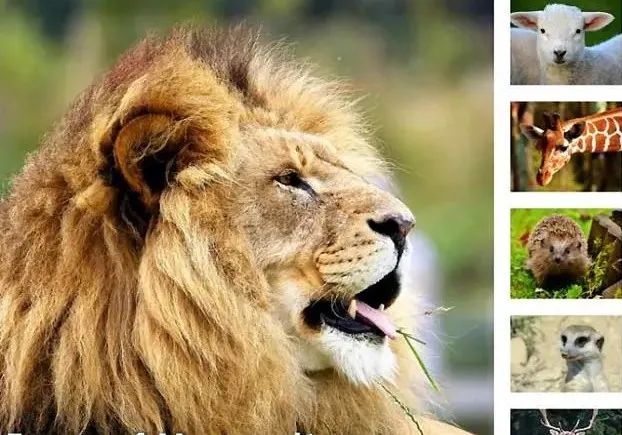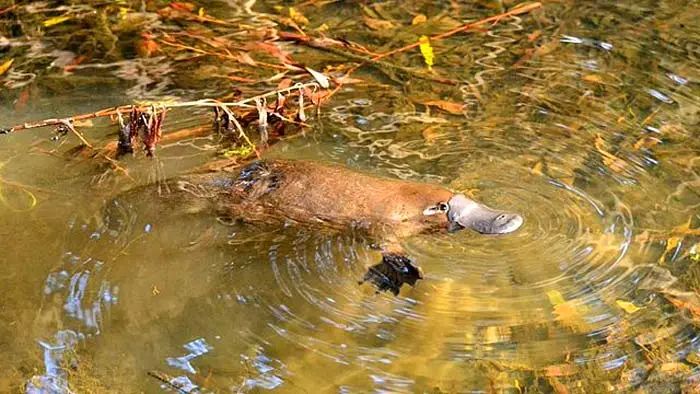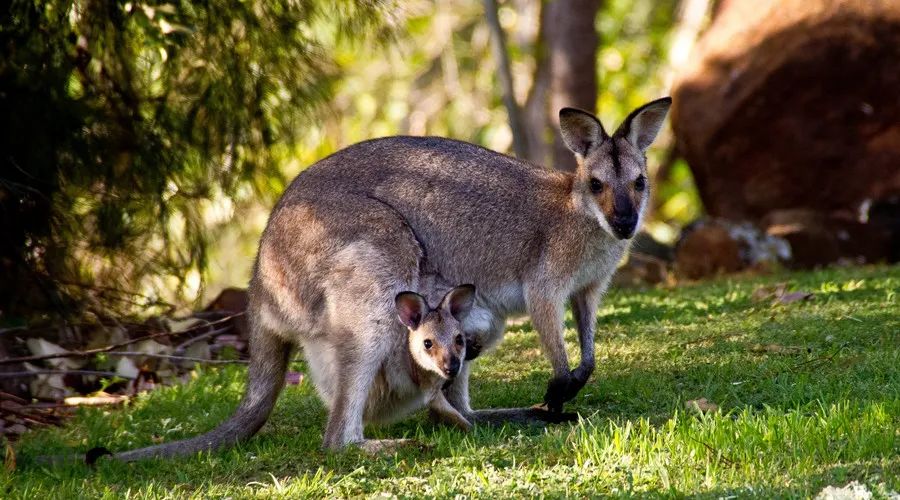According to biological research, mammals began to appear during the age of dinosaurs (2 million years ago). Initially, mammals were small in size, and after the extinction of dinosaurs (at the end of the Mesozoic Era - 660,000 years ago), they began to evolve into larger forms.
As we all know, mammals are warm-blooded animals, which means they have body temperature and are constant. The only warm-blooded animals in the world are birds and mammals, whose body temperature does not change with the ambient temperature. Other animals are cold-blooded animals, whose body temperature is consistent with the ambient temperature.

Mammals are covered with fur, which is used to regulate body temperature, keeping them warm in cold environments below their body temperature and dissipating heat in environments above their body temperature, so that they can live anywhere in the world, from the icy polar regions to tropical forests.
Biologists have debates about the types of mammals, that is, their biological classification. According to the classification system, mammals belong to the animal kingdom, the phylum chordata, and the class mammalia.
The general understanding of mammals is that they have temperature, are born from their mothers' stomachs, and need to drink milk when they are young. Therefore, for so many species of mammals, we can divide mammals into three categories based on the generally accepted understanding of how mammals reproduce babies:

This type of mammal may be a bit contrary to our cognition, it actually lays eggs, and the offspring comes out of the hatched eggs. Despite this, it is still a mammal. This behavior is an ancient form of mammals, and even today these mammals do exist, namely the platypus. For a detailed description of this type of animal, please refer to the article "Faced with animals with super sensory abilities, humans feel inferior, but have spawned a lot of high technology", which has a more detailed introduction to this animal. Monotremes mammals belong to the Prototheria subclass, and Monotremes means monotremes.
Monotremes are a special group of mammals that, unlike other mammals, reproduce by laying eggs to hatch their young rather than giving birth to live young, such as the platypus from Australia.

This type of mammal gives birth to barely fully grown offspring, and the infant continues to develop in a pouch in the mother's abdomen. In this pouch is the mother's nipple, and the infant drinks the mother's milk to get all the nutrients to grow into a fully grown infant. Marsupial mammals belong to the Metatheria subclass. This type of mammal is also only found on the Australian continent.
Seeing this, you may think about a question: Why are monotremes and marsupials only distributed on the Australian continent?

This type of mammals makes up a significant portion of mammals in the animal kingdom, with the largest number of species and the widest distribution. The offspring grows into a well-formed fetus in the mother's belly over a period of time, and then the mother is ready to give birth to them. The baby in the womb gets nutrition from the mother's diet through the umbilical cord (attached to the mother) inside the placenta (the organ where the baby grows). Placental mammals belong to the subclass Eutheria, for example: humans, giraffes, monkeys, apes, etc.
以上是对哺乳动物从进化的角度分出的三种类型,以便更好地理解以下的哺乳动物的特征。
虽然哺乳动物可以是单孔类动物、有袋类动物或胎盘类动物,但它们都有一些共同的关键特,表现在:
哺乳动物保持恒定的体温(通过体内平衡),略高于它们生活的环境温度。它们通常被称为恒温物种(鸟类也是恒温物种),这个前面已经说过了。
所有哺乳动物都有一条脊椎,它通过椎骨连接。所有哺乳动物都沿着相同的脊索动物身体计划构建。然而,它延伸到设计的动物长度。另外,所有哺乳动物都有三块中耳骨,这是独特的特征。
哺乳动物的母亲通过乳腺分泌乳汁,为后代提供营养,直到它们的消化系统改善以摄取固体食物(食草动物的植物材料或食肉动物的肉类)。
Fat: Insulates and this type of skin is common among marine mammals, such as dolphins.
Fur: Some animals have two layers of fur, an outer layer of guard hairs (coat/fur) and an inner layer of woolly undercoat. The outer layer of fur wicks away moisture and keeps the undercoat dry, example: tiger.
Quills: Some animals have evolved hair that is modified into harder, sharper, thicker quills to protect them from predators, e.g. porcupines.
Scales: The skin of some mammals can also be metamorphosed into overlapping scales, so that the skin resembles a thick shell that provides excellent protection from predators, e.g. pangolins.
All mammals except monotremes give birth to offspring. The young grows in the female's uterus until it is fully developed and she gives birth.
Finally, let's answer the question raised at the beginning of this article: Why are monotremes and marsupials only distributed in the Australian continent?
The main reason why monotremes and kangaroos are only distributed in the Australian continent is due to geographical isolation.
The Australian continent separated from other continents very early, which allowed the animal communities in the region to evolve and evolve independently. Without the competition and exclusion of other higher mammals, monotremes and kangaroos can survive and reproduce in the Australian continent. At the same time, the Australian continent also has many primitive mammals, which are not found in other continents.
In addition, the climate and ecological environment of the Australian continent are also suitable for the survival and reproduction of monotremes and kangaroos. These factors work together to make these animals distributed only in the Australian continent.
The above is a simple description of the general classification and main characteristics of mammals. I hope it will be helpful to you.
animal tags:
We created this article in conjunction with AI technology, then made sure it was fact-checked and edited by a Animals Top editor.